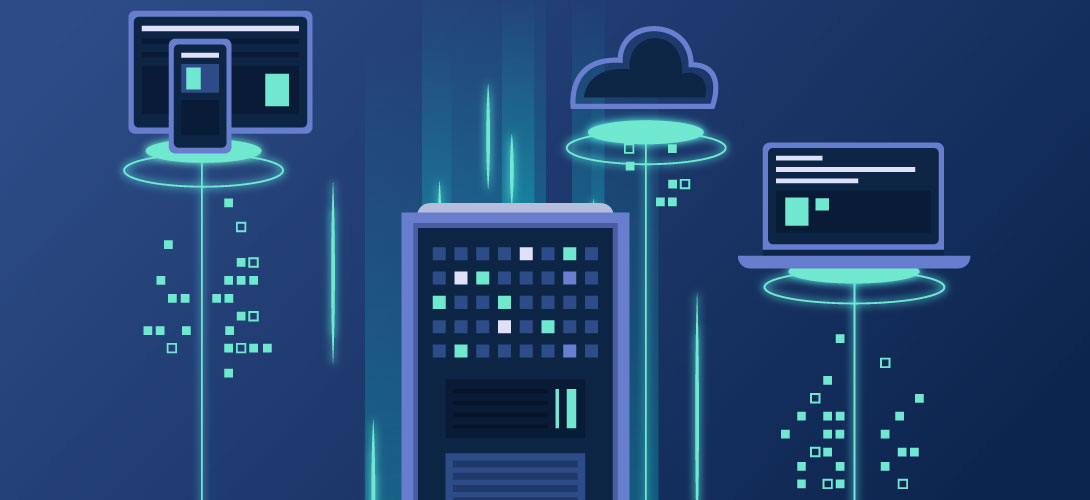If you are planning to go down the Desktop as a Service (DaaS) path, you will need to consider some key points, including its efficiency, cost-benefit analysis, and quality of the application delivery method.
We will highlight some of the primary building blocks of the application delivery model for vdi solutions on offer :
- Identify the value chain framework: It is imperative to discover the business value chain of the vdi solution right from the data center to the endpoints like Macs. PCs, Tablets, etc. The DaaS should also help to cater to different kinds of computer application needs keeping in mind different users, like expert users, mobile users, transaction users, etc.
- Ease of application management: as part of operations, the data centers and networks are well managed, though more often than not, the endpoints are usually not maintained to the same level to provide a robust uptime. VDI in DaaS brings manageability to each part of the application delivery value chain.
- Monitoring: Organizations can monitor the performance at the unit level without compromising the service level. Complete and thorough management assures that the systems are fine-tuned to proactively identify problems before they happen and resolve issues before they hit end-users. It makes application delivery smooth at the end-user level.
- Skills realignment: It is essential that whenever there is a new technology introduced in your business, it is easy for your users to adapt to it. The amount of time and effort took by the user and IT admin staff for skill realignment should not out-weigh the overall benefits to your business.
- Centralization: A standardized and easy to use, a centrally managed vdi solution can provide for a smooth and seamless user experience. It also ensures that the IT staff will find it easy to manage the system uptime/downtime and deliver the overall environment in a more robust and reliable manner
These are some of the key VDI points to be considered from an application delivery perspective.


 Jerry Clark
Jerry Clark
















